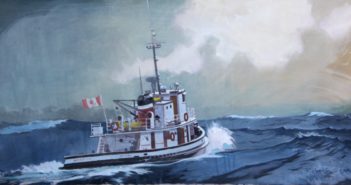
Some ways with gradations
Dear Artist, Yesterday, Kelly Borsheim of Cedar Creek, Texas, wrote, “I’ve been struggling with a…

Dear Artist, Yesterday, Kelly Borsheim of Cedar Creek, Texas, wrote, “I’ve been struggling with a…

In art critic Jerry Saltz’s recent dirge for the art world, he welcomes the return of art made at the kitchen table. “For now, there aren’t big studios, dozens of artist assistants working on one artist’s work, whole staffs keeping track of it all,” writes Jerry. Instead, he says, art is retreating to domestic spaces — in the fray with cooking and children and laundry and gardening, and being made by hand by one person at a time. “This is how our species made most things over the last 50,000 years. Creativity was with us in the caves; it’s in every bone in our bodies.”
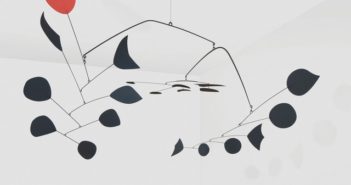
When I was a teenager I read a book by a hugely successful baseball player. He hadn’t always been successful, though. Early in his career, reporters referred to him as “poky” and “slow off the mark.” While he was talented and capable, he was on his way to the bush leagues when he saw the light. He got the idea that if he just started jumping around and looking active, he might build enthusiasm and proficiency. Reporters started saying he had “ants in his pants,” calling him “Fireball,” etc. Fact is, his game improved when he started jumping around.
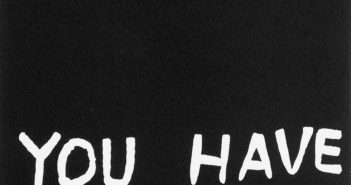
Last week, on the same day the Governor of California issued a statewide “stay at home” order, our neighbourhood small-batch ice creamery launched an online payment system and let locals know they could pick up pints, curbside. This small business, which is run by artists, had already begun posting daily flavours on social media. It was a natural evolution made real by a changing-world urgency. Like ice cream, art should be small-batch, experiential and on hand in a crisis.
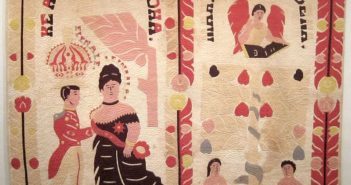
In his latest book, A New Earth: Awakening to Your Life’s Purpose, Eckhart Tolle discusses how the human mind is almost constantly engaged in private thoughts. These inner rumblings reflect our personal trials, dreams, needs and obligations. To function properly as a creative person, an artist must divorce himself from some of this clutter and begin a process of rebirth into another mode. “Even though people may travel,” says Eckhart Tolle, “they tend to remain where they have always been — in their head.”

This morning I received a message from a collector friend: “Some people are lucky, like artists (with materials), readers, knitters, gardeners. It’s worrying about the galleries and everyone else. But I’m excited to see the creative output from this period. It would turn some of the devastation from this time into wondrous innovation. We’ll see.” Sequestered in my creation station, I’d just opened my eyes and was thinking of everyone on the planet doing some version of the same. I was quietly redesigning the world.
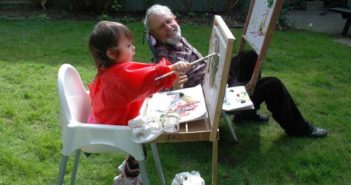
Some recent items in my inbox: “I’ve been busy this past month and not doing much painting.” “My work had to wait.” “Sometimes I’ll sneak in an hour or two.” “These days I can’t paint.” “I have wrung myself dry.” Sometimes my inbox is so full of this sort of stuff I fear people will unite, rent buses and march around our circular driveway with placards reading, “Can’t paint,” “Won’t paint,” and “Don’t paint.” It’s been my experience that telling people what you’re going to do can steal the thunder of doing it.

A recent study published by the National Academies of Sciences, Engineering, and Medicine has reframed the vulnerabilities of the risk-taking, reward-seeking brains of adolescents. Now, it seems, those teenage brains are actually powerhouses of creativity. After all, we can’t develop new ideas or build skill without taking chances. Innovation requires a near-absence of caution — once considered a weakness in young people, but something scholars now believe could be a teen’s greatest creative strength.

“The childhood shows the man, as morning shows the day,” said the British poet John Milton. For many of us, the choice to be creative was made early on, and it had a lot to do with how we interacted with others. Boston College professor of psychology Ellen Winner found a great many similarities in her studies of gifted children — difficulty making friends, scholastic boredom, and social problems. While often unconventional and nonconforming, her subjects seemed to become creative because of the introversion that sprang from teasing or isolation. “The more profound the gift, the more the isolation.” she noted.
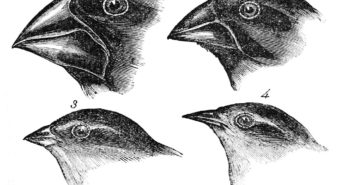
English Economist Tim Harford defines creative growth as taking ideas from their original context and applying them elsewhere. Like cross training, he says, it inoculates our creative muscles against hitting a plateau. To avoid getting stuck, just change the subject. Here are a few ideas:
Organize your studio and surrounding areas like a Montessori classroom — with stations geared towards different projects you can flutter to and from. When work slows or you hit an obstacle, move to another station and pick up where you left off.